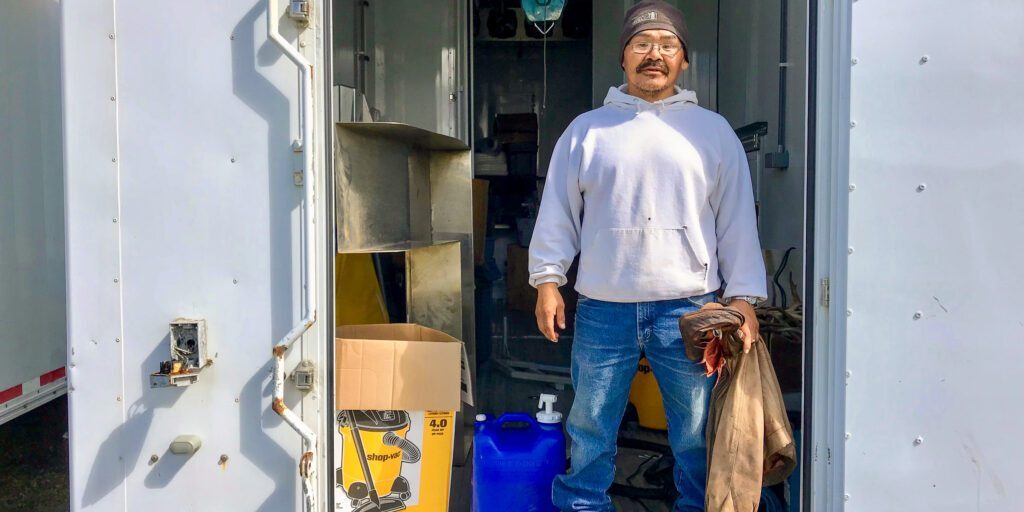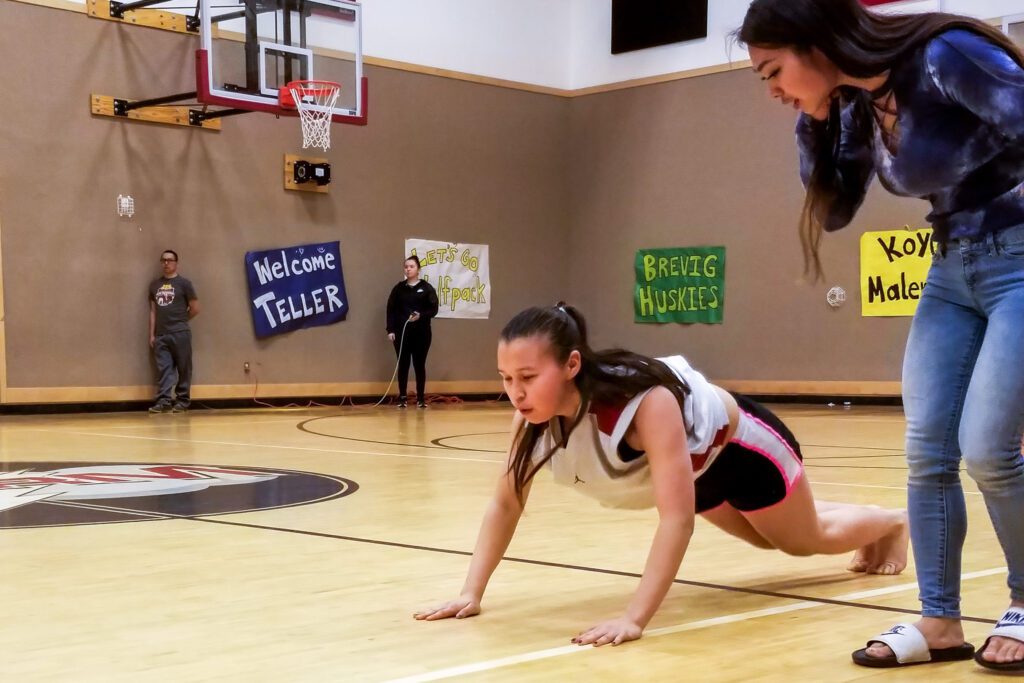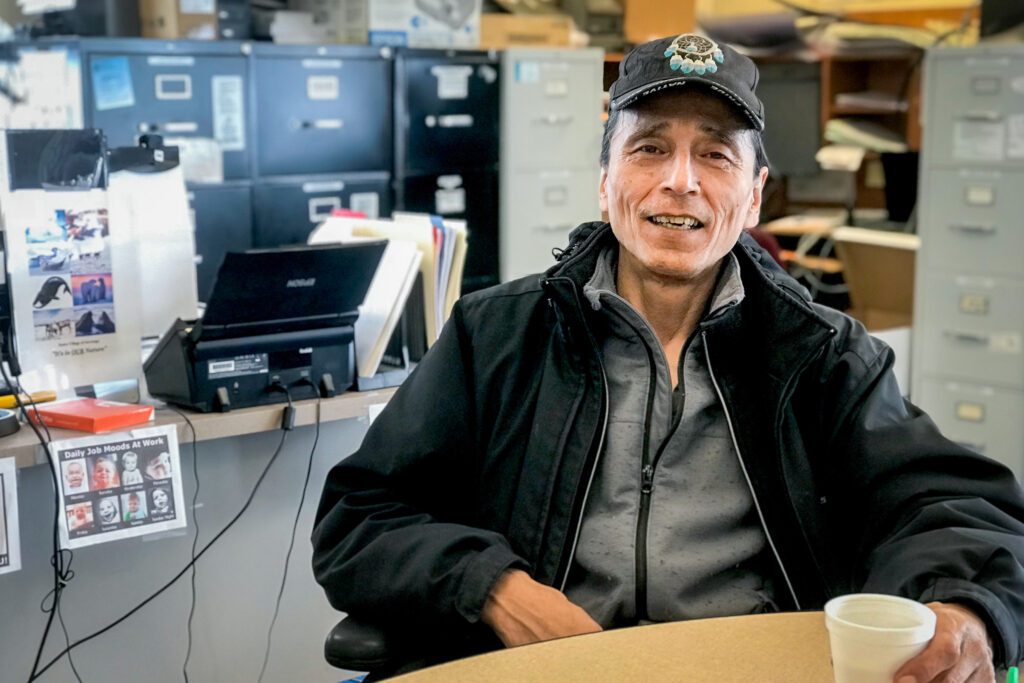A relatively “new” source of sustenance might soon have a bigger role in Western Alaska.
Chief reindeer herder for the Native villages of Stebbins and St. Michael, Theodore Katcheak, has a vision for a reliable food source for area residents. The villages’ herd is the largest in Norton Sound: approximately 5,000 head.
“I see that Sami people — they know how to handle reindeer. They’ve been doing it for many centuries. My age, I’m 70 years old, I’m just like a little baby just waking up; I don’t know what to do. You don’t see 20 or 30 herders in Alaska; you only see, like, five or six, maybe seven herds.”
Thomas Kirk, Stebbins tribal association clerk, feels the same way:
“Climate change has affected our sea-ice hunting and our marine mammal gathering. The ice is a lot thinner. And having our reindeer is a blessing.”
Savoonga tribal chief Delbert Pungowiyi says the commercial demand is promising. He envisions a coalition of reindeer-herding tribes around Norton Sound that could sell meat collectively, with a central processing plant and freezer in Nome, something the regional Reindeer Herders Association has discussed.
“If we did it right, we could become Alaska’s reindeer capital: the Bering Straits region,” Delbert says. The market for meat and antlers is growing: to Washington State, California, China, and Japan.
One hurdle to commercial production is the time required to process meat. For the last four years, St. Lawrence Island chief herder Richmond Toolie has been using a mobile processing plant owned by the University of Alaska–Fairbanks. Greg Finstad with UAF’s range management program has trained 22 Savoonga residents to use it. The plant consists of two big trailers with equipment to store, cool, hang, and butcher 16 reindeer at a time.
The plant is a step in a broader plan toward regional collective and central processing and economic independence. Says Pungowiyi:
“To us, that’s the only real promise that can really bring a huge difference to our people on the island: where we can sustain ourselves and take care of ourselves as our ancestors have, without pleading to Washington or anyone for any funding.”
Image at top: Richmond Toolie at the UAF mobile reindeer processing plant in Savoonga. Photo: Gabe Colombo, KNOM.









